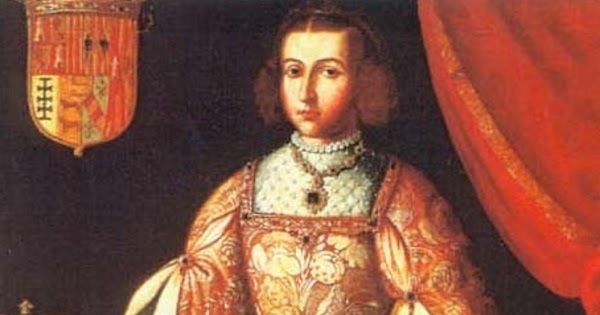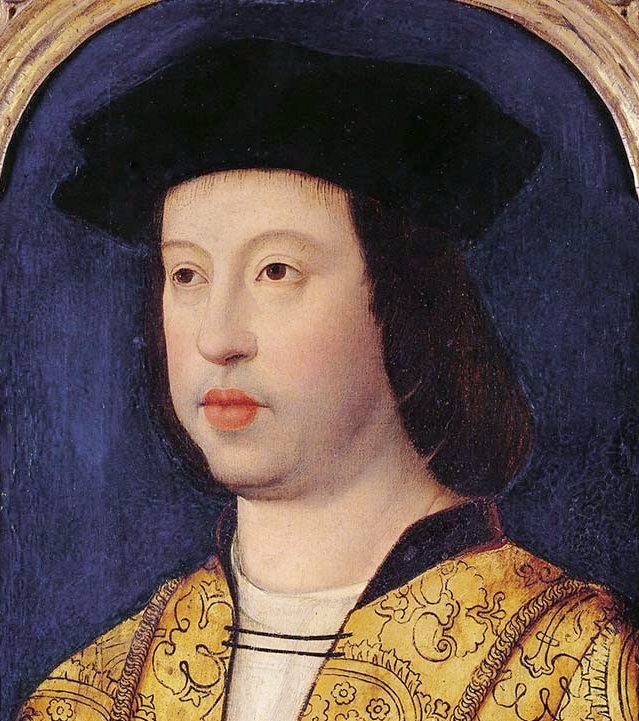Medina del Campo, November 26th, 1.504
“Nothing we have achieved together will be lost, I swear … I will keep a memory of the immense love that I have always felt for you and for Castile“
This is how Ferdinand said goodbye to Isabela just before he passed away, however, Isabela’s death meant for the King the greatest work that could come to him in this life … the mission of keeping the kingdoms of Castile and Aragon united.
Unfortunate marriages, deaths and illnesses … were some of the misfortunes that describe the lives of the children of Isabela and Ferdinand and ended up diverting the future of the Kingdoms of Castile and Aragon.
Misfortune after misfortune in the lives of the children of the Catholic Monarchs, Isabela always tried to prevent a foreign king taking over the crown of Castile and that her daughter Joanna, married to Philip “The Handsome”, was used by a sick love that dominated her.
The illness of Queen Isabela I of Castile progressed very rapidly and in her will, she named her husband Ferdinand II of Aragon regent of Castile until Charles, her grandson, reached the age of majority to govern, but the lack of support among the nobility of Castile and the arrival of Philip “The Handsome” (Habsburg house) left the Castilian court in a very delicate situation, so Ferdinand reacted and tried to break the promise he swore to Isabela.
Joanna I of Castile, had once again demonstrated her incapacity for government, and her attitude was so anomalous that until her last days, her family sincerely feared that she was possessed by devil.
Joanna’s symptoms of dementia led Philip “The Handsome” to take direct charge of the Kingdom of Castile, alleging the mental incapacity of his wife.
This inability of Joanna I of Castile faced Ferdinand and Philip.

But the reign of Philip “The Handsome” was very brief, he was the first king of the Austrian dynasty, he settled in Castile to reign and died before becoming king of Aragon. In the town of Castile it did not take long to suspect that Fernando had poisoned his son-in-law, but historians and modern research point out that the most possible cause was The Plague, a disease that had appeared in Burgos a few months earlier.
Joanna, during her husband’s funeral procession, showed that her mental health had suffered even more and Ferdinand locked up his daughter in the Convent of Tordesillas, and he assumed the regency until 1507.
Joanna never reigned, but maintained until today, the title of Queen of Castile, the true sovereign.
Ferdinand, despite the love he kept for Isabela, remarried a year after the death of the Queen, on October 19th, 1505 to neutralize the French threat looking for an heir and thus protect his legacy, Aragon, Naples and Sicily. Ferdinand, 53, married Germaine of Foix, 18 years old, niece of the French King Louis XII.

In the pacts with the King of France, the King granted his niece the dynastic rights of the Kingdom of Naples and granted Ferdinand and the couple’s descendants the symbolic title of King of Jerusalem. In exchange, the Catholic King promised to name heir of the throne to their descendant, thus removing the Austrians from government.
This marriage created doubts among the nobles of Castile and the Habsburg dynasty, a traditional enemy of the French Monarchy, since they interpreted it as a maneuver by Ferdinand the Catholic to prevent the son of Philip “The Handsome”, Charles I, from inheriting the Crown of Aragon and thus separating what had cost so much to unite: the Kingdoms of Castile and Aragon.
The important thing was that, as a result of this new marriage, a boy child had to be born. However, Ferdinand’s advanced age was not going to make it easy …
Ferdinand turned to natural medicine and found the cantharides, a green beetle that once dead, dried and reduced to powder, was used in infusion as a vasodilator substance, whose effects are very similar to those produced by «viagra». The abuse of this aphrodisiac substance had a bad end causing serious episodes of congestion to the monarch, which led to a cerebral hemorrhage and without any offspring with Germana.

The king died on January 23, 1516, at 63 years of age, in Madrigalejo (Cáceres) being his last words:
“Forgive me Isabela … Because I wanted to break the promise I made you … but God with great judgment has not allowed me”
Perhaps a new heir would have changed history, but the truth is that after so many games and pacts between Castile and Aragon, the one who finally ruled was Charles, emperor of the Holy Roman Empire.
Do you want to know how Charles became King and Emperor?


